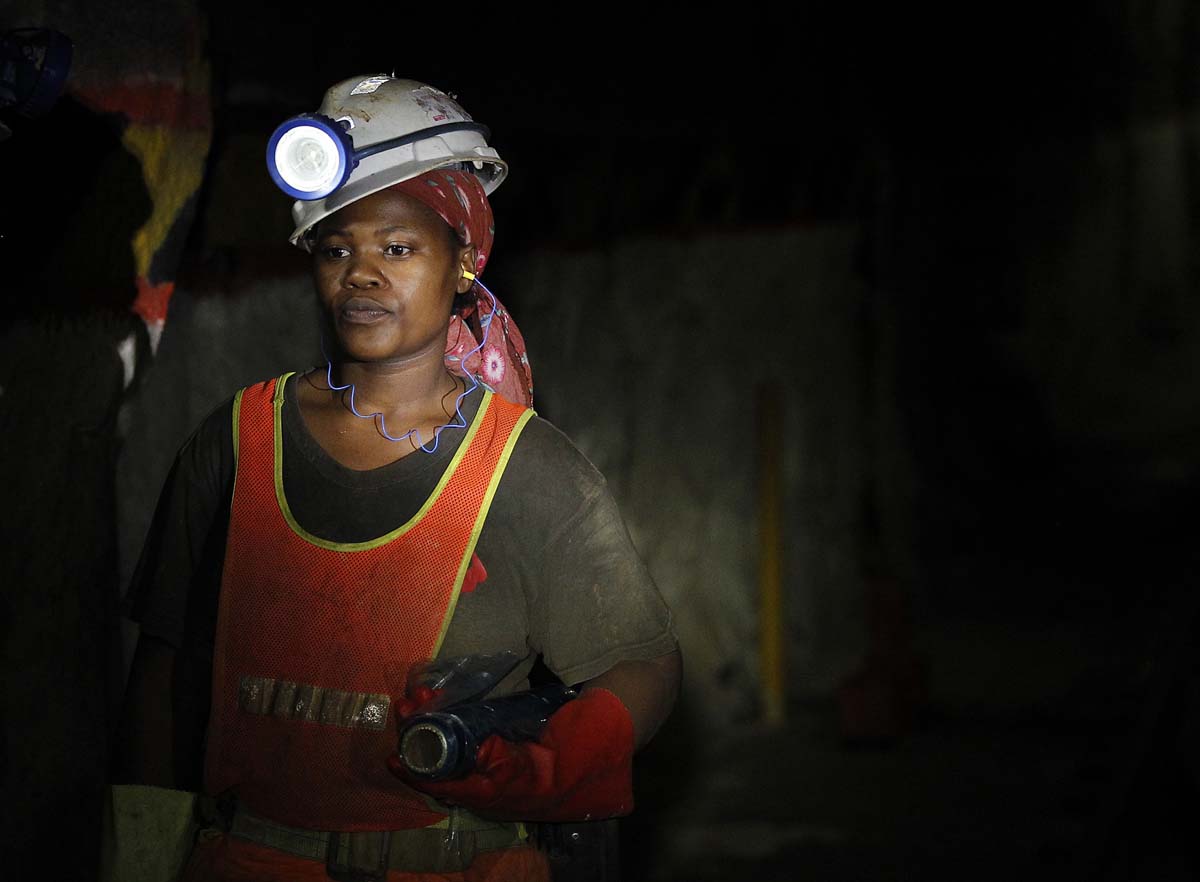In Namibia, less than one percent of women are involved in the mining of tin and tantalum and selling semi-precious stones, mostly in Erongo and Kunene regions.

In Africa and other developing countries, there are more women involved in the small-scale mining of gold and gemstones in comparison to those involved in large-scale mining.
This was revealed by Mines and Energy Deputy Minister, Kornelia Shilunga, when she addressed Debmarine Namibia staff on the occasion of International Women’s Day last week.
Statistics show that Guinea has 75 percent women involved in the sector while in Madagascar, Mali and Zimbabwe the figure is at 50 percent.
In Bolivia 40 percent of women is involved in mining, while in Zambia and Mozambique they occupy 30 percent of involvement.
Tanzania has 25 percent women involved in mining, Papua New Guinea has 20 percent, Indonesia 10 percent and South Africa five percent.
Further statistics indicated the exploitation and selling of gold has traditionally been a female-only activity in Gaoua region in Burkina Faso. According to her, it is often assumed the mining sector is not a place for women. Shilunga said mining as the backbone of the Namibian economy must involve women in order to promote inclusive development and empowerment.
“I assure you, it has not been an easy task. But looking around me today and seeing a room filled women, it is [evidence] of the progress we have made in changing the very fabric of one of the most male-dominated industries in Africa, if not the world,” Shilunga noted.
She said today, more than ever before, there is a greater need for renewed and realistic understanding of the intimate relationship between gender parity and opportunities made available to qualified women and opportunities for women willing to take a stake in the entrepreneurial side of mining.
By this, she was referring to women who are ready to move from being mere administrative workers to leaders driving change in the mining industry as exclusive prospecting licences (EPL) and mining licence (ML) holders.
Debmarine Namibia and the De Beers Group on Thursday launched the ‘Inclusion and Diversity campaign’, with the focus particularly on women and girl-child empowerment.
Therefore, Shilunga said, she fully supports and looks forward to the successful implementation and sharing of their lessons with others bold enough to follow their footsteps.
“It is even more encouraging to see today men and women in this room committed to support this noble initiative – this is the first step towards positive change,” Shilunga added.
She said she visited Debmarine Namibia’s operations in the Atlantic 1 mining licence area in April 2017 and was impressed by the technological advancements made in the field of marine diamond mining. However, when she looked around the vessel during the tour, she said she was concerned as she could not see women and wanted to find out what the the company was doing to ensure that there are no barriers to women excelling in senior positions and sea-based positions within the company.
“Given this bold and noble initiative, my questions have somewhat been allayed and I look forward to my next visit to your operations, in order to witness the changes you are setting in motion today, in real time,” she said.
Further, she said women have continuously strived to put in a strong image for themselves over the past years.
Additionally, she encouraged all women and men to support women’s efforts to excel and pursue with purpose whatever career and dream they see for themselves.

